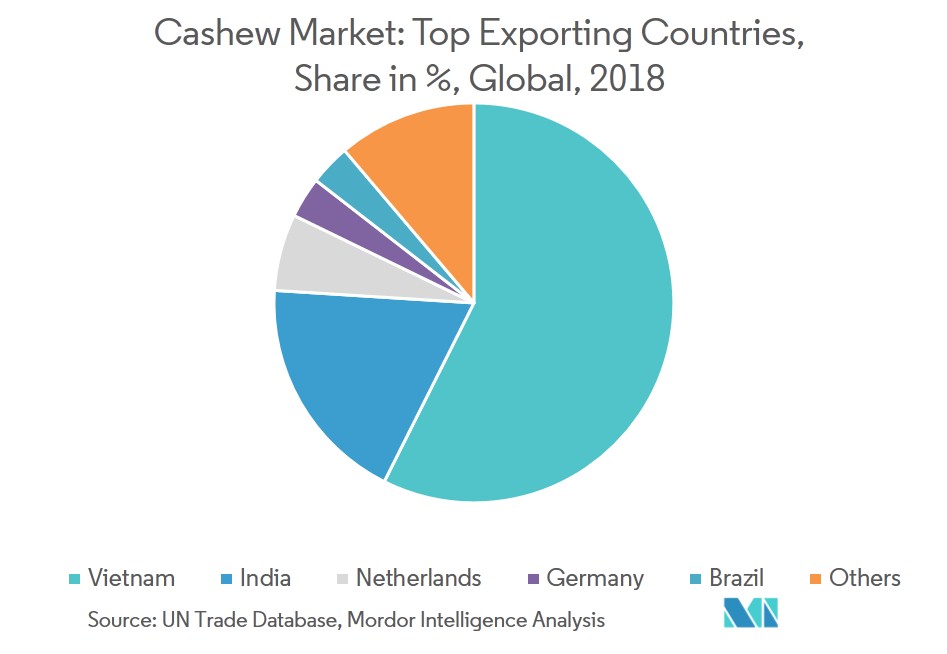Mr Harry Ta

Mr Sephilon Dinh

Ms Jenny Trinh

Mr Hoang Ta

25 April, 2020
Increasing Demand From European Countries
In Europe, consumers are willing to spend more for quality foods. Consumers are also looking for new products due to increased health awareness and nutritional facts. Cashew kernels are largely used in the European market as a roasted-and-salted snack. Lately, cashew kernel also turns out to be interesting to industrial users and is used for cookies and cereals, and is also promoted as a topping on ice cream.
Usually, whole kernels, lacking defects or blemishes, are essential for the snack trade and the broken pieces are essential for other confectionery, biscuits, bakery products, and other prepared foods in the region.European cashew kernel imports are increasing, driven by the health trend.
The Netherlands, Germany, United Kingdom, and the growing markets in Central and Eastern Europe offer opportunities for developing country suppliers. In 2016, the import volume of cashew nuts reached 180,000 metric ton. Of this, nearly all (over 99%) concerned cashew kernels.
The import of in-shell cashew nuts is insignificant in the region.In the newer markets, such as Eastern Europe, there is an inclination in kernel grades toward the superior types, notably from the pieces to the wholes. The W320 is the leading grade in the imports.
Lastly, European retailers have increased their retail prices for cashews and consumption is still seen good. The health benefits of nuts may be the reason for the sustained demand.

Vietnam is carrying out high-density planting, commercial farming, and seed programs to ensure high yields. It also invested heavily in mechanizing the entire cashew processing to save on labor, and bring consistency and cost competitiveness. In the last eight years, Vietnam had increased its presence to over 85 countries. It is the largest supplier of cashew to the United States, China, Australia, Canada, and New Zealand.
